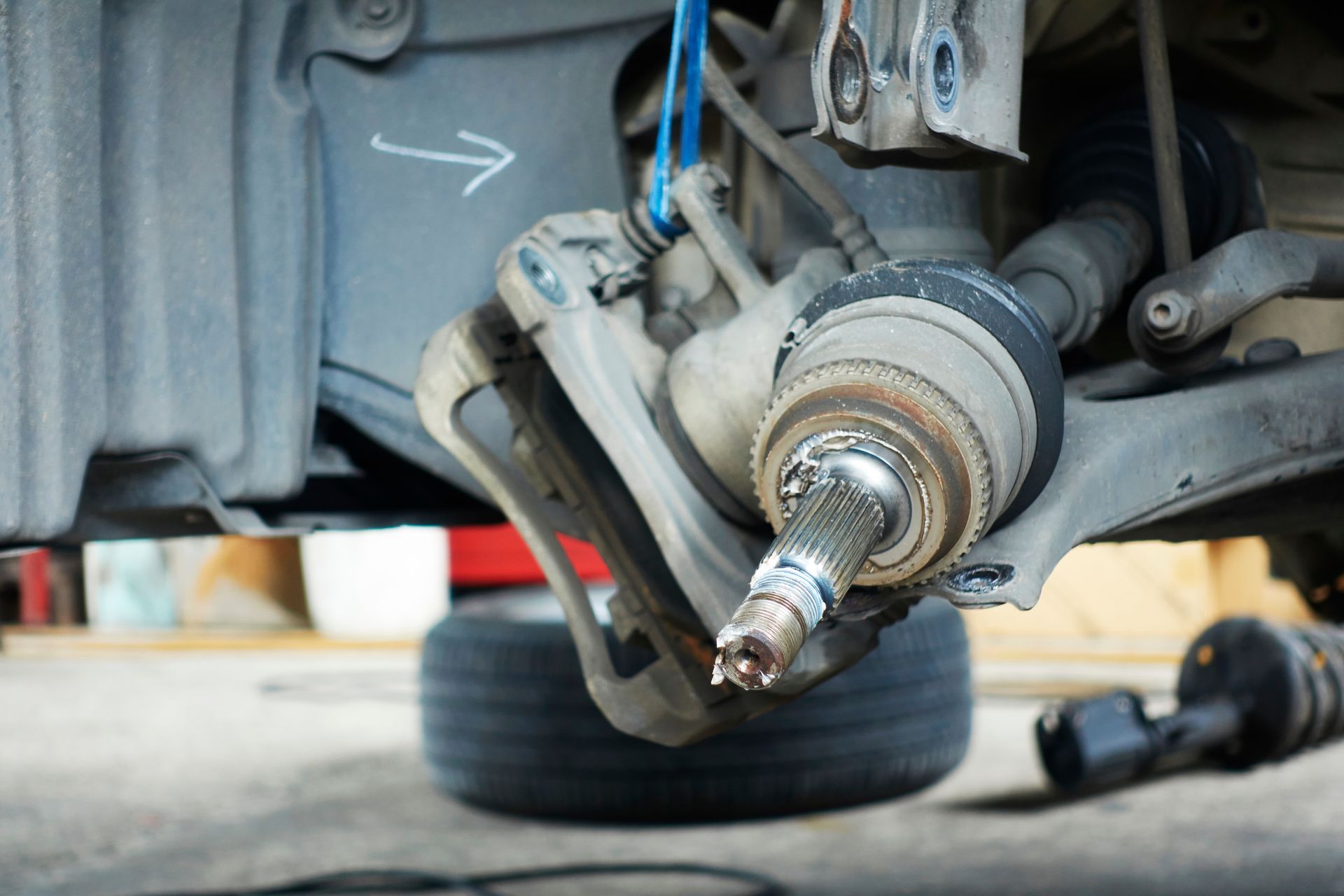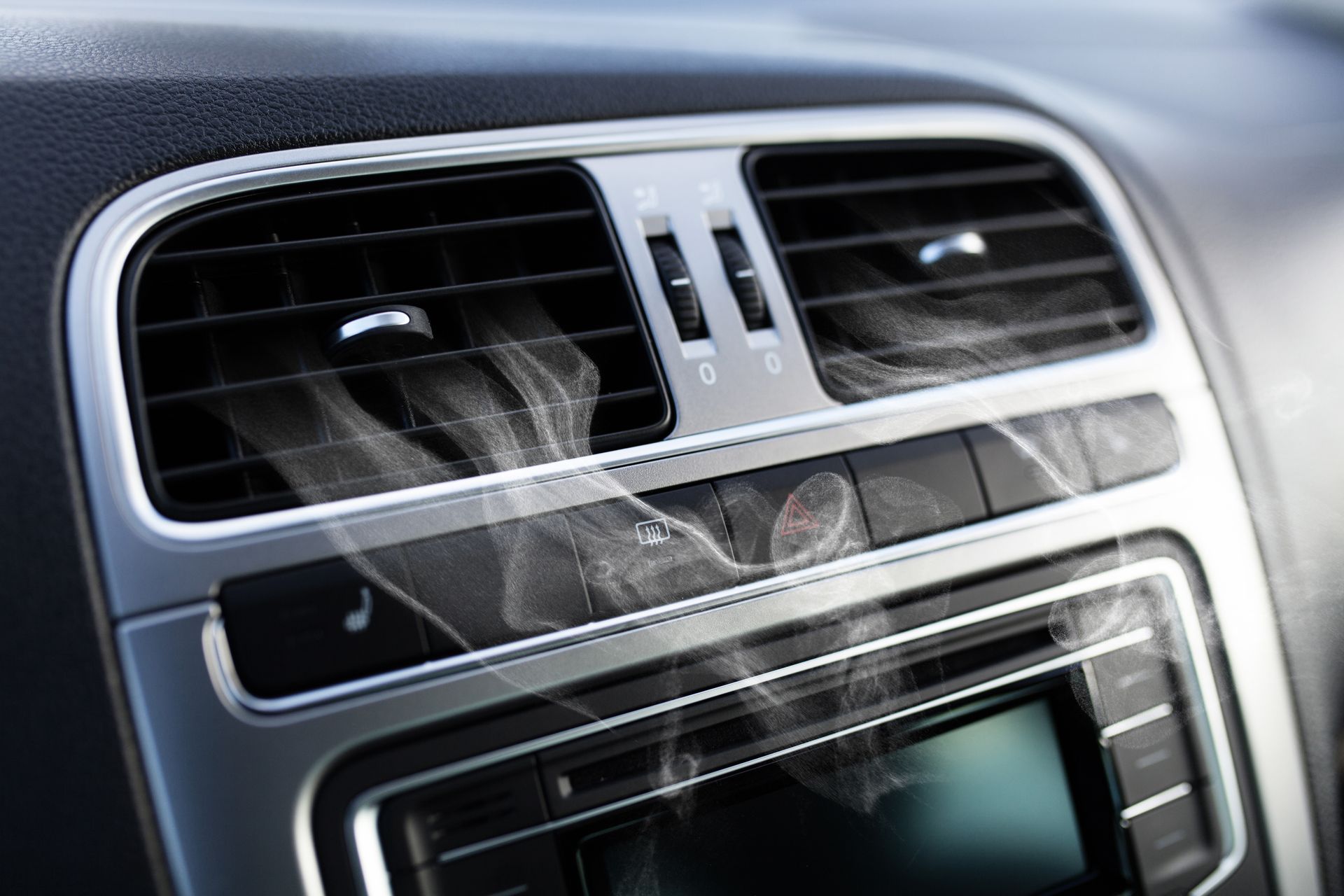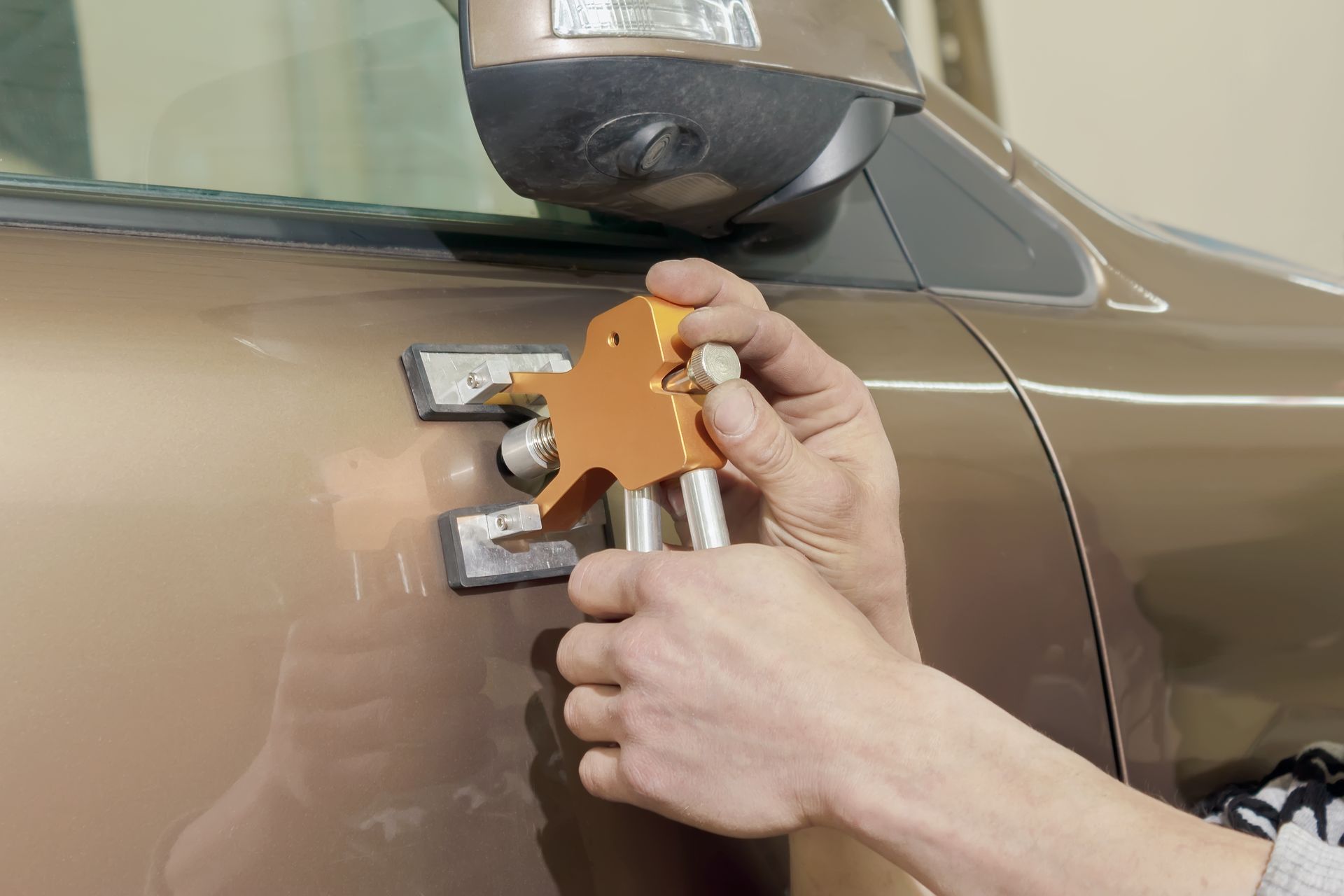Loading ...
Missing business hours data / Error occurred while getting the data.
Loading ...
Missing business hours data / Error occurred while getting the data.
Is My Timing Belt Having Issues? When Should I Change It?
Is My Timing Belt Having Issues? When Should I Change It?
Your car's timing belt is a critical component of the engine's operation, responsible for synchronizing the rotation of the crankshaft and camshaft. Over time, the timing belt can wear out, leading to potential engine damage if not addressed promptly. How do you know if your timing belt is having issues, and when should you consider changing it?
Understanding the Timing Belt
Before we delve into the signs of timing belt issues, let's first understand its role in the engine. The timing belt is a toothed rubber belt that connects the crankshaft to the camshaft(s), ensuring that the valves open and close at the correct time during the engine's operation. This synchronization is crucial for the proper functioning of the engine's internal components and overall performance.
Signs of Timing Belt Issues
Visible Wear and Tear
One of the most apparent signs of a timing belt problem is visible wear and tear on the belt itself. Inspect the timing belt for signs of cracking, fraying, or missing teeth. Any visible damage indicates that the timing belt is nearing the end of its lifespan and should be replaced.
Engine Misfires or Rough Idling
A worn or damaged timing belt can cause engine misfires or rough idling, as the synchronization between the crankshaft and camshaft(s) becomes compromised. If you notice your engine running unevenly or experiencing hesitation during acceleration, it may be due to a failing timing belt.
Ticking Noise from the Engine
A ticking or rattling noise coming from the engine bay can indicate that the timing belt is loose or worn. This noise is often more pronounced during startup or acceleration and should not be ignored, as it could signal imminent timing belt failure.
Engine Overheating
In some cases, a failing timing belt can lead to engine overheating, as the improper timing of valve openings and closings disrupts the engine's cooling system. If your vehicle's temperature gauge shows signs of overheating, it's essential to have the timing belt inspected as soon as possible.
When to Change the Timing Belt
The timing belt is a wear item and should be replaced according to the manufacturer's recommended maintenance schedule. Typically, timing belt replacement intervals range from 60,000 to 100,000 miles, depending on the make and model of the vehicle. However, it's crucial to consult your owner's manual or a qualified mechanic for specific recommendations tailored to your vehicle.
Answering Your Questions (Q&A)
Can I visually inspect the timing belt myself, or should I have a professional mechanic do it?
It's best to have a qualified mechanic perform the inspection for a more thorough assessment.
What happens if the timing belt breaks while driving?
It can cause severe engine damage, including bent valves, damaged pistons, and in some cases, complete engine failure.
Are there any warning lights that indicate timing belt issues?
Symptoms such as engine misfires, rough idling, or unusual engine noises can indicate timing belt problems.
In Stock Auto Outlet and Collision is the local solution to all your maintenance and repair needs. Schedule an appointment today and enjoy a smoother ride tomorrow.
Loading ...
Missing business hours data / Error occurred while getting the data.
Working Hours
Having Trouble Finding Us?
Loading ...
Missing nap lines data / Error occured while getting the data.









